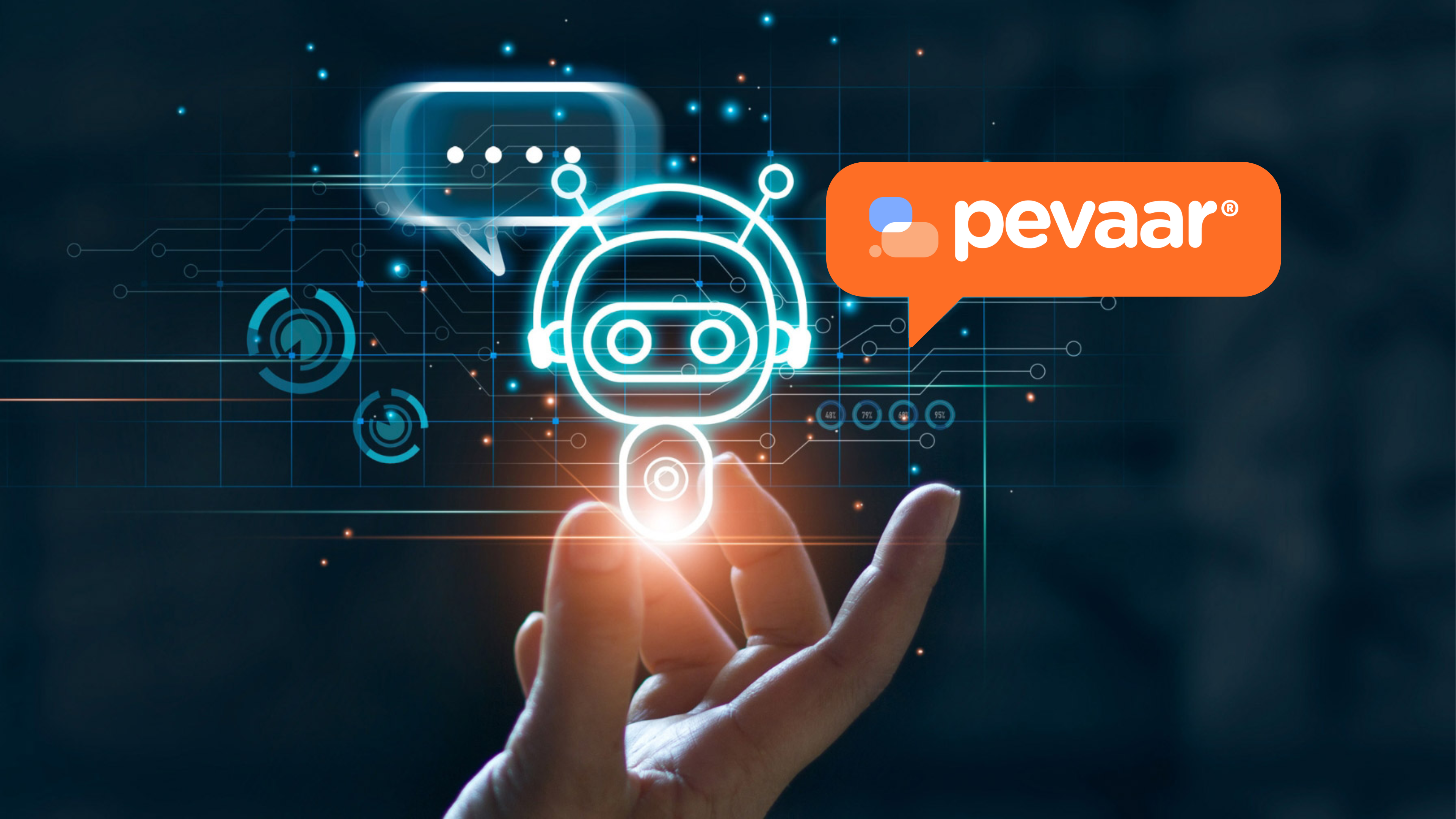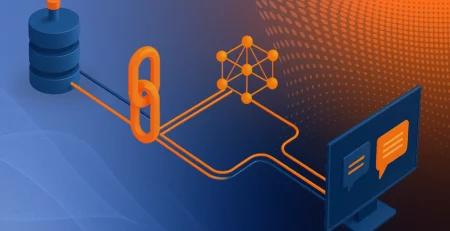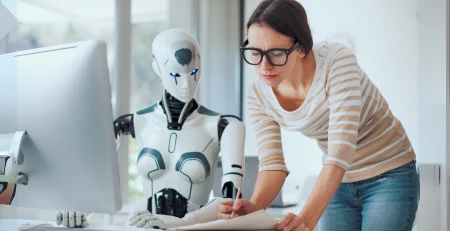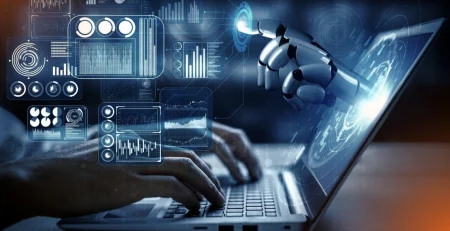Step-by-Step Guide to Building a Generative AI Chatbot
In today’s fast-paced digital world, customer interactions are increasingly driven by AI-powered tools, with chatbots at the forefront. This guide will walk you through creating your own Generative AI Chatbot, tailored to your business needs.
Why Choose a Generative AI Chatbot?
Generative AI chatbots are revolutionizing customer service by providing personalized, efficient, and scalable solutions. Unlike rule-based chatbots, they understand and generate human-like responses, enhancing user engagement. Businesses across industries, such as e-commerce, healthcare, and education, are leveraging these tools to improve customer satisfaction and streamline operations.
Step-by-Step Guide to Build Generative AI Chatbot
1. Define Your Chatbot’s Purpose
Before diving into development, clarify your chatbot’s objectives:
- Identify key tasks: Will it handle FAQs, assist with bookings, or recommend products?
- Understand your audience: What are their needs and expectations?
- Set clear goals: For example, reducing response times by 40% or increasing customer engagement.
2. Select the Right AI Model
Choose an AI model that fits your needs:
- OpenAI GPT-series: A versatile model capable of generating detailed and coherent responses.
- Hugging Face Transformers: Ideal for customizable solutions tailored to niche requirements.
- Rasa: An open-source platform combining Natural Language Understanding (NLU) with dialogue management.
3. Prepare Your Training Data
Training data is critical for fine-tuning your AI model:
- Collect Relevant Data: Use datasets from customer service logs, FAQs, or industry-specific documents.
- Structure Input-Output Pairs: For example:
- Input: “What’s the delivery time?”
- Output: “Delivery usually takes 3-5 business days.”
- Clean and Preprocess Data: Use tools like NLTK or SpaCy to remove inconsistencies and prepare data for training.
4. Choose Your Development Framework
Frameworks streamline the chatbot development process. Recommended options include:
- Rasa: For open-source and flexible chatbot solutions.
- Botpress: A low-code platform for building conversational flows.
- Microsoft Bot Framework: For enterprise-level chatbot development.
These frameworks integrate with AI models to enable natural language understanding and response generation.
5. Develop Your Chatbot’s Architecture
A well-structured chatbot comprises:
- Frontend Interface: Create an intuitive UI for platforms like websites, mobile apps, or messaging services (e.g., Slack, WhatsApp).
- Backend System: Use Flask or FastAPI to connect user inputs with your AI model.
- Database: Use PostgreSQL or similar to store user interactions for analysis and improvement.
6. Integrate Tools for Enhanced Functionality
Incorporate additional tools to optimize your chatbot:
- Communication Tools: Use Twilio or Zendesk for seamless integration with messaging platforms.
- CRM Systems: Integrate with Salesforce or HubSpot to personalize interactions.
- Analytics Platforms: Leverage Power BI or Tableau for performance tracking.
7. Test Your Chatbot
Rigorous testing ensures reliability:
- Functional Testing: Verify the chatbot’s responses across different scenarios.
- Load Testing: Simulate high user traffic to assess scalability.
- Feedback Gathering: Deploy a beta version and refine based on user insights.
8. Deploy and Monitor
- Deployment: Host your chatbot using AWS, Azure, or IBM Cloud.
- Monitoring: Continuously track performance metrics and update the model as needed.
Tools and Technologies Overview
Tool |
Purpose |
| OpenAI GPT | Language model |
| Rasa | Framework for conversational AI |
| Hugging Face | Customizable AI models |
| Flask/FastAPI | Backend API development |
| Twilio/Zendesk | Communication integration |
| Power BI/Tableau | Analytics and performance |
Unlock the Power of Generative AI for Your Business
Creating a Generative AI chatbot can transform how you engage with your customers, driving efficiency and satisfaction. Schedule a free consultation with our experts and discover how generative AI can elevate your business processes.









Comments (2)
I really like how you emphasize the importance of defining the chatbot’s purpose early on. I’ve worked on a few AI projects, and getting the goal-setting right up front definitely makes the development process smoother. It’s key to know what tasks the bot will handle before jumping into choosing models and training data.
Thanks for your comment! Having a clear purpose at the beginning really makes a difference. We’re glad you agree with the importance of that first step in chatbot development.